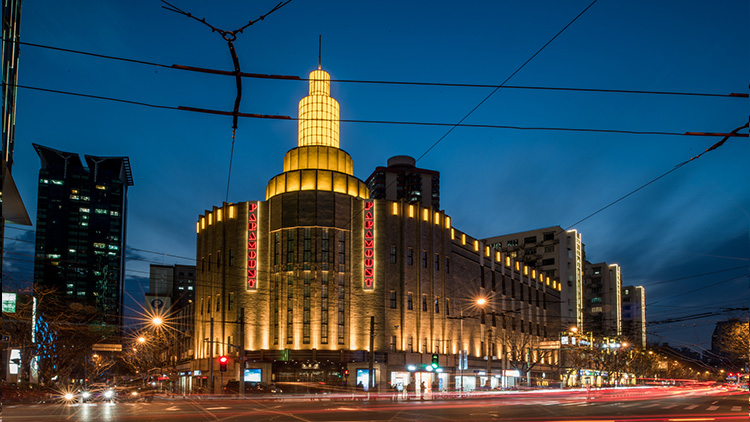
Hidden under the glitz and glam of modern China, Shanghai’s streets are full of stories that have unfolded across the centuries. Here’s where to get a taste of the past in the present.
Ming Dynasty 1368-1644
By the early 16th century, a fledgling port town, Shanghai was under attack by repeated raids from pirates who plundered, seized and destroyed everything in sight. Fear triumphed, people fled and business stopped. In 1554, to help defend against the marauding bandits, a wall was built around the city. Within the confines of the wall, Shanghai was a tranquil place to live with an abundance of beautiful parks, gardens, temples and shrines. Now known as the Old City, the wall used to stretch around the area sitting inside today’s Zhonghua and Renmin Lus.
The Old City Wall

The last part standing, a small section of the Old City wall sits beneath the revamped Dajing Pavilion – formerly a guard tower, then a Taoist temple and now a small museum focusing on old Shanghai. The majority of the wall was knocked down in 1912 upon the orders of the governor General Chen Qimei. 239 Dajing Lu, near Renmin Lu.
Yuyuan
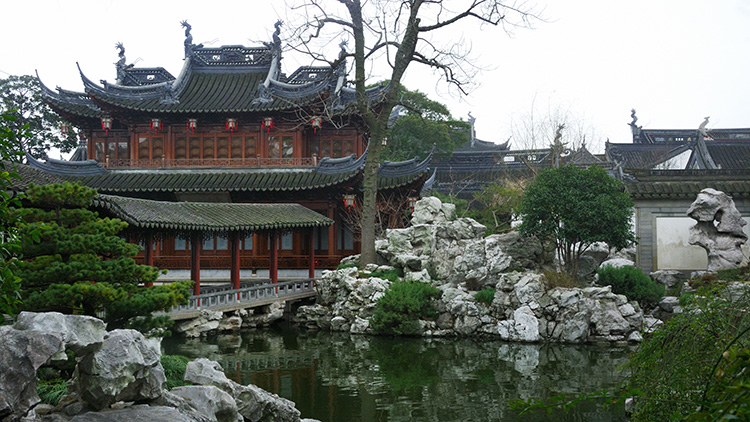
A tourist trap it maybe, but Yuyuan is the only Ming dynasty garden in existence in Shanghai today. First built in 1577, the restored gardens have maintained their Ming style with pavilions, ponds, halls and bridges from a bygone era. 137 Anren Lu, near Fuyou Lu.
City God Temple
At one point the single most important religious building in the whole of Shanghai, City God Temple (Chenghuang Miao) was built in 1403. Nine different halls house various statues of immortals believed to be in charge of different aspects of human life, such as luck, mercy and wealth. 249 Fangbang Zhong Lu, near Anren Lu.
Qing Dynasty 1644-1911
Following a very short-lived dynasty of bandits post-Ming (which lasted about three weeks), China’s last dynastic rulers took over the throne in the mid-17th century. Under Qing rule, Shanghai quickly developed as a commercialised trading area, expanding well beyond the Old City wall. Towards the end of the Qing dynasty, China became embroiled in trading wars (The Opium Wars, 1839-1842 and 1856-1860) with the British – and later the Americans and French – which would change Shanghai forever. The city was opened up to foreigners and carved into concessions, independent from the Chinese rule of law.
Sanshan Guildhall
Hang out in the old haunt of Fujian fruit merchants at the Sanshan Guildhall – one of many guildhalls to pop-up in the city for traders to seek camaraderie. Though it’s been shifted 30 metres south from its original position, this relatively late addition (built in 1909) is also the only well-preserved guildhall from the Qing dynasty and currently serves as a museum. 1551 Zhongshan Nan Lu, Bansongyuan Lu.
The Former British Consulate
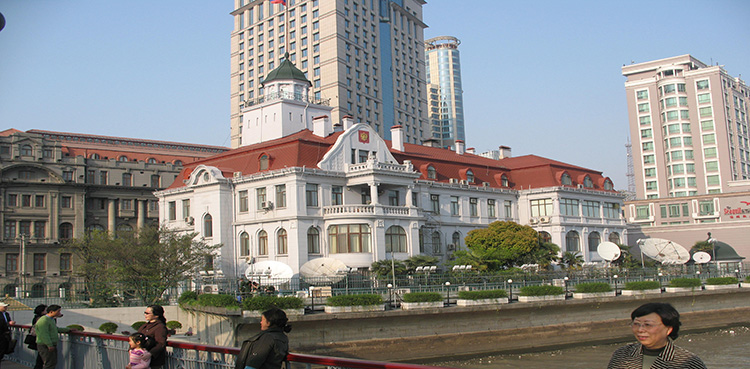
Partake in a quintessentially British high tea in the swanky Cigar, Garden or Music rooms of the Former British Consulate, now managed by The Peninsula Shanghai. One of the first foreign-built buildings in Shanghai, the original British Consulate was constructed at the northern tip of The Bund in 1852, destroyed in a fire in 1870, and rebuilt by 1873. Waitanyuan, 33 Zhongshan Dong Yi Lu, near Nan Suzhou Lu.
The Long Bar, Waldorf Astoria Hotel
Running 34 metres in length, The Long Bar was once said to be the longest bar in the Far East. Opened in 1910 in the Shanghai Club, a super-exclusive British gentlemen’s club, it was the place to be for the city’s well-to-do foreign forces seeking fame and fortune. While it didn’t stand the test of time – it’s been everything from a Seamen’s Club to city’s first KFC – the Long Bar has been painstakingly rebuilt by Waldorf Astoria in its original space using old archive photos and is once again a hot spot for supping on cocktails and whisky while looking very important. 2 Zhongshan Dong Yi Lu, near Guangdong Lu.
Republican Era 1911-1949
With the nationalists in charge, Shanghai entered its Golden Age as ‘The Paris of the East’. A hedonistic city and a playground for the wealthy, where Chinese dignitaries, gangsters and foreign tycoons lived side by side in the glamorous art deco buildings of the concessions. By the late 1930s, Shanghai was one of the largest cities in the world with a population of more than 3 million – around 60,000 of whom were foreigners controlling half of the city.
Lost Chinese Art Deco City

While Shanghai’s international concessions attracted locals and foreigners alike, the less-developed, less-moneyed ‘Chinese Shanghai’ was snubbed and seen as a source of shame. The answer? The Greater Shanghai Plan (1929): a fancy east-meets-west city by the Chinese for the Chinese in the northeast – complete with government headquarters, a courthouse, a hospital, a library and more. Confrontations with the Japanese during WWII interrupted the master plan, and the construction never finished, but its remains are still intact in today’s Jiangwan subdistrict. Jiangwan, Baoshan district.
Dashijie (Great World)
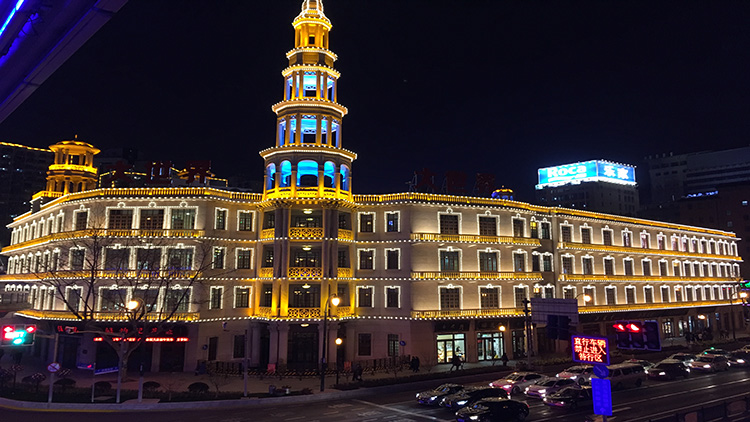
Through the ’20s and ’30s, Dashijie was Shanghai’s premiere indoor entertainment complex, dazzling patrons with Chinese opera, burlesque shows, gambling tables, arcades, acrobatics, massage parlours, prostitution and more. Although now home to a more wholesome, family-friendly kind of fun, as an exhibition centre showcasing cultural heritages from across China, Dashijie still puts on regular performances. Here are 12 things you can do at Dashijie. 1 Xizang Nan Lu, Near Yan’an Lu.
Paramount
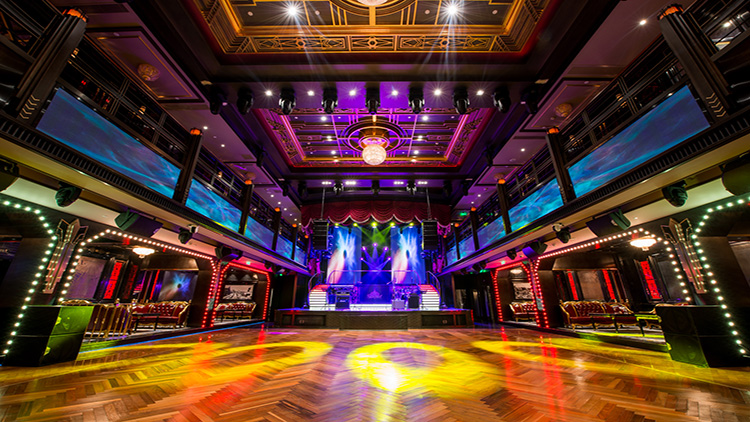
Dance like it’s 1939 at the infamous Paramount or Bailemen (Gate of 100 Pleasures), Shanghai’s largest and most popular nightclub through the ’30s. The art-deco masterpiece recently reopened in full force after renovations with live jazz, dancing, karaoke, as well as afternoon tea and dinner. 218 Yuyuan Lu, near Wanhangdu Lu.
